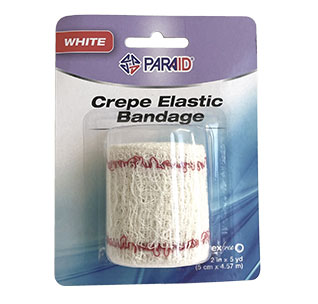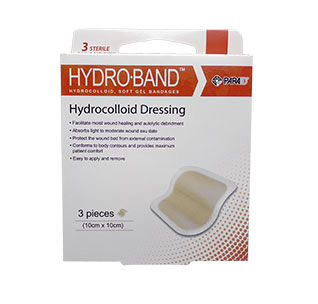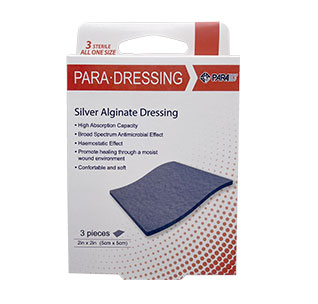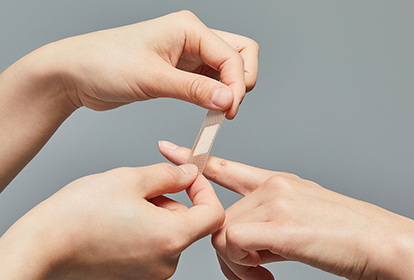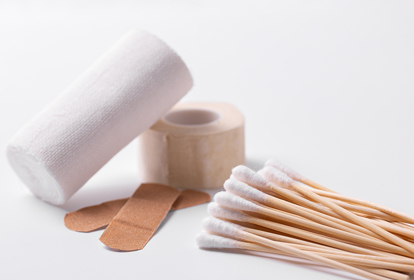Elastic bandages are woven from natural fibers, which are soft, flexible, and highly elastic. They are mainly used for surgical dressing and care. Whether for immediate immobilization after injury or for assisted fixation during rehabilitation, elastic bandages are the most convenient and practical option. What are the functions and usage methods related to elastic bandages?
Functions of elastic bandages
Elastic bandages are easy to use, aesthetically pleasing, suitable in pressure, breathable, resistant to infection, conducive to rapid wound healing, quick to wrap, cause no allergic reactions, and do not affect patients' daily lives. Elastic bandages are one of the most common rehabilitation tools. Whether for immediate immobilization after injury or for assisted fixation during rehabilitation, they are the most convenient and practical option. Elastic bandages can provide pressure and stability to the ankle joint, while tightening the skin, to reduce the impact on the muscles. In terms of practicality, they are easy to wear, relatively comfortable, and can be reused. Students who love playing sports must learn how to use elastic bandages to fix their ankles!
General usage methods of elastic bandages
1. Starting from the position below the inner side of the foot and thumb, fix one end of the elastic bandage with one hand while pulling and wrapping the bandage tightly from the outside to the top of the foot with the other hand. Starting here makes it easy to fix and helps with venous return. A cotton pad or medication gauze can be placed inside the bandage as needed.
2. Pull the bandage outward and wrap it around the foot three times from the outside to the inside, moving toward the ankle each time to cover half of the previous layer. The tension should be even and not too tight, so as not to affect arterial blood supply. The wrapping direction should be consistent, with graceful movements and pleasing appearance. If it wrinkles, start over (otherwise it may compress the skin).
3. After wrapping the foot with pressure for the third lap, turn the bandage from the outside of the foot across the top of the foot and wrap it around the ankle in the direction from the inner ankle to the outer ankle for three laps, moving toward the heel each time to cover half of the previous layer. Be careful not to wrap around the heel.
4. After wrapping the ankle, turn in the same direction as step 2 to form an "8" shape and repeat it twice, keeping the elastic bandage covering half of the previous layer each time, until the bandage covers the entire foot and ankle. Adjust the number of wraps and the proportion of covering the previous layer according to the foot size, and avoid wrapping too tightly or causing wrinkles. After wrapping, ask for feedback from a partner and start over if unsatisfied.
5. Use a buckle or Velcro to fasten the end of the bandage after being satisfied.
 English
English
